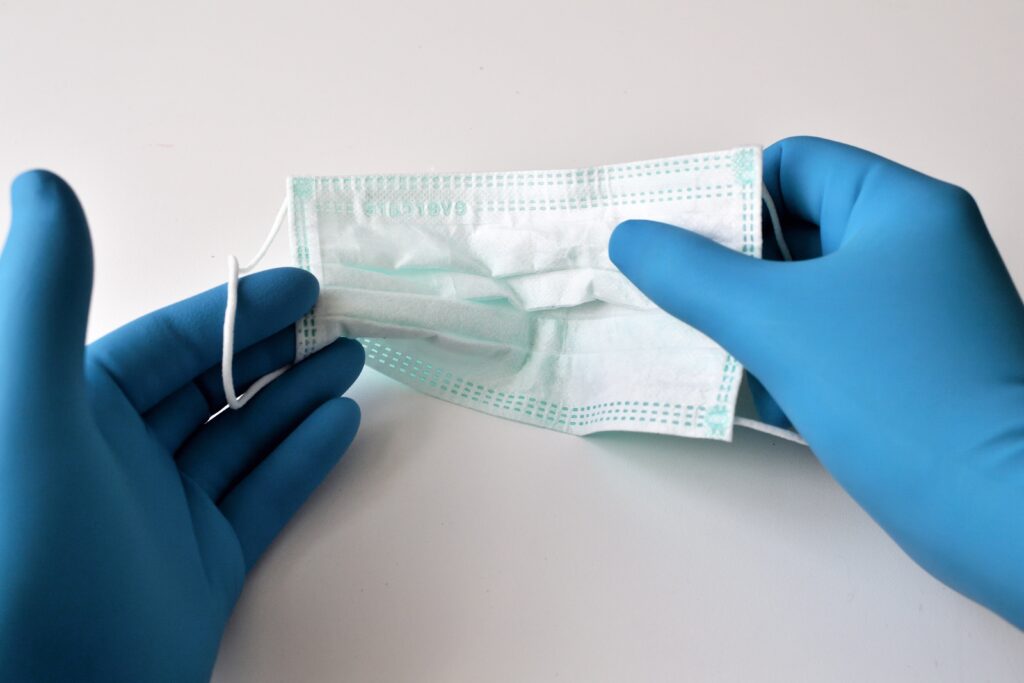Coronavirus COVID-19
Health Recommendations Regarding Quarantine Measures
At the Lower Sioux Health Care Center, your health is our top priority. We appreciate the trust you place in us. As the number of coronavirus (COVID-19) cases increase in both the U.S. and Minnesota, we’re working hard to do our part to prevent the spread of the virus. You, too, can help us keep our community safe! To stay healthy, it’s important to stay informed. Please continue to be a good relative by staying home and doing your part to prevent the spread!
What if I think I may have COVID-19?
If you are sick, stay home until:
- At least 3 days (72 hours) have passed since resolution of fever without the use of fever-reducing medications
- Improvement in respiratory symptoms (e.g., cough, shortness of breath)
- At least 7 days have passed since symptoms first appeared
What to do if your health care provider suspects or confirms that you have COVID-19?
- Contact Lower Sioux Emergency Operation Center at (320) 522-0216 for
questions, guidelines, or assistance with supplies during COVID-19 Pandemic. - Do not leave your home until cleared by your health care provider.
- Contact your health care provider for more advice if symptoms continue or get worse, or if new symptoms start.
- If you need medical assistance, call prior to arriving and state your health status to healthcare providers.
- Stay in a specific room away from others in your household, including, if possible
- Using a separate bathroom
- Do not share household items / cups, utensils, toothbrushes
- Wear a mask around others if contact is necessary.
- Notify supervisor & human resources at your work site before returning to work if you’re a health care worker or other essential employee.
When to Seek Emergency Medical Care
Call 911 for any of these emergency warning signs of COVID-19:
*Per the CDC, this list is not all inclusive. Please consult your medical provider for any other symptoms that are severe or concerning to you.
COVID-19 Viral Testing is Available!
Lower Sioux Health Care Center Testing:
- Nurse screening over the phone for eligibility of testing
- By appointment, drive up (curbside testing)
- Weekday hours: M-F 8:30-4:00
- Weekend hours: Unavailable
- Accepting: LSHCC will follow screening criteria and testing guidelines from both the Minnesota Department of Health (MDH) as well as Mayo Clinic.
- Priority is testing, managing, and treating symptomatic patients at this time.
